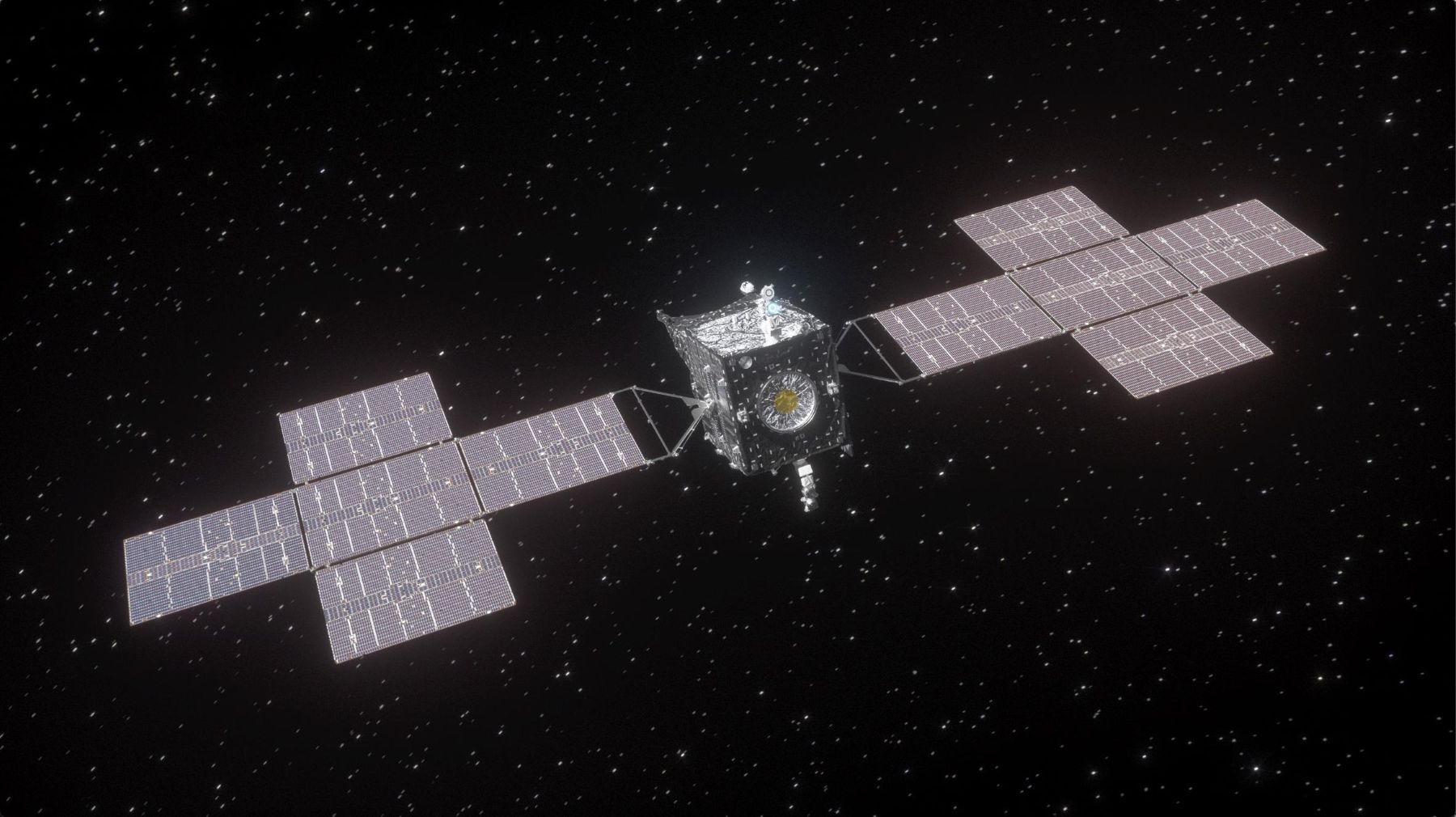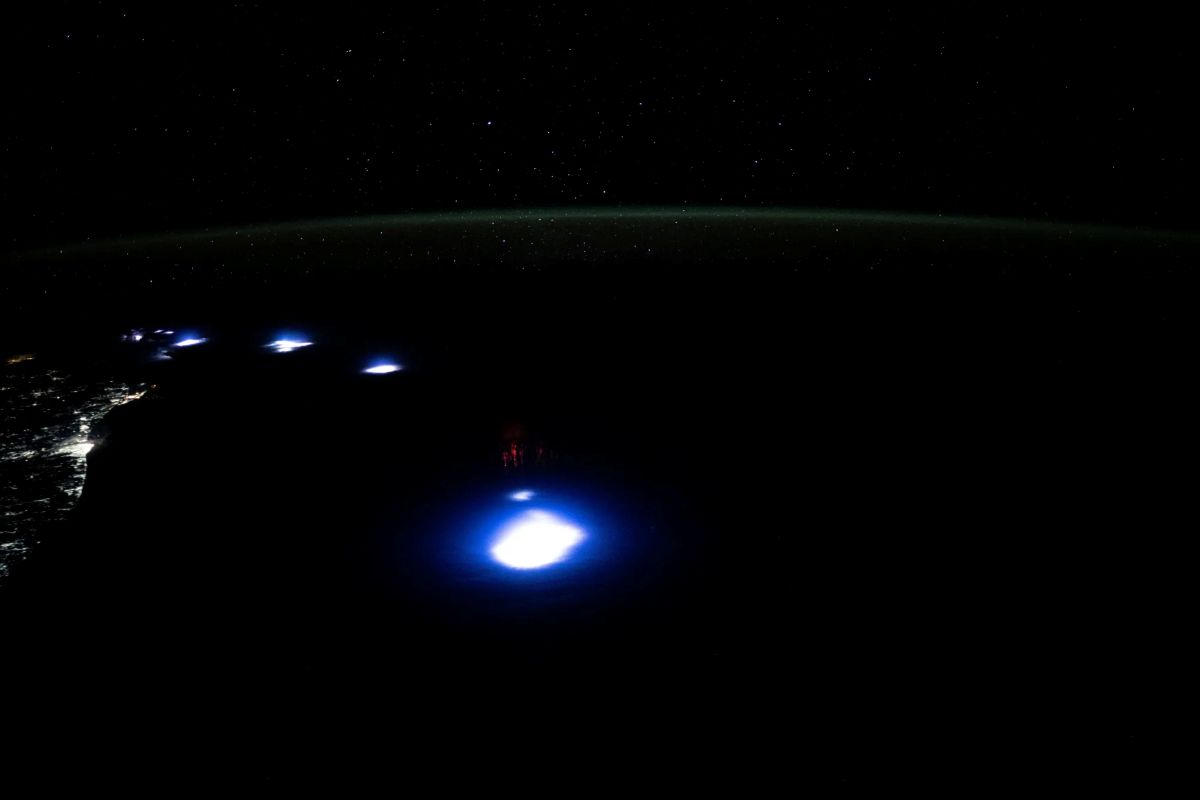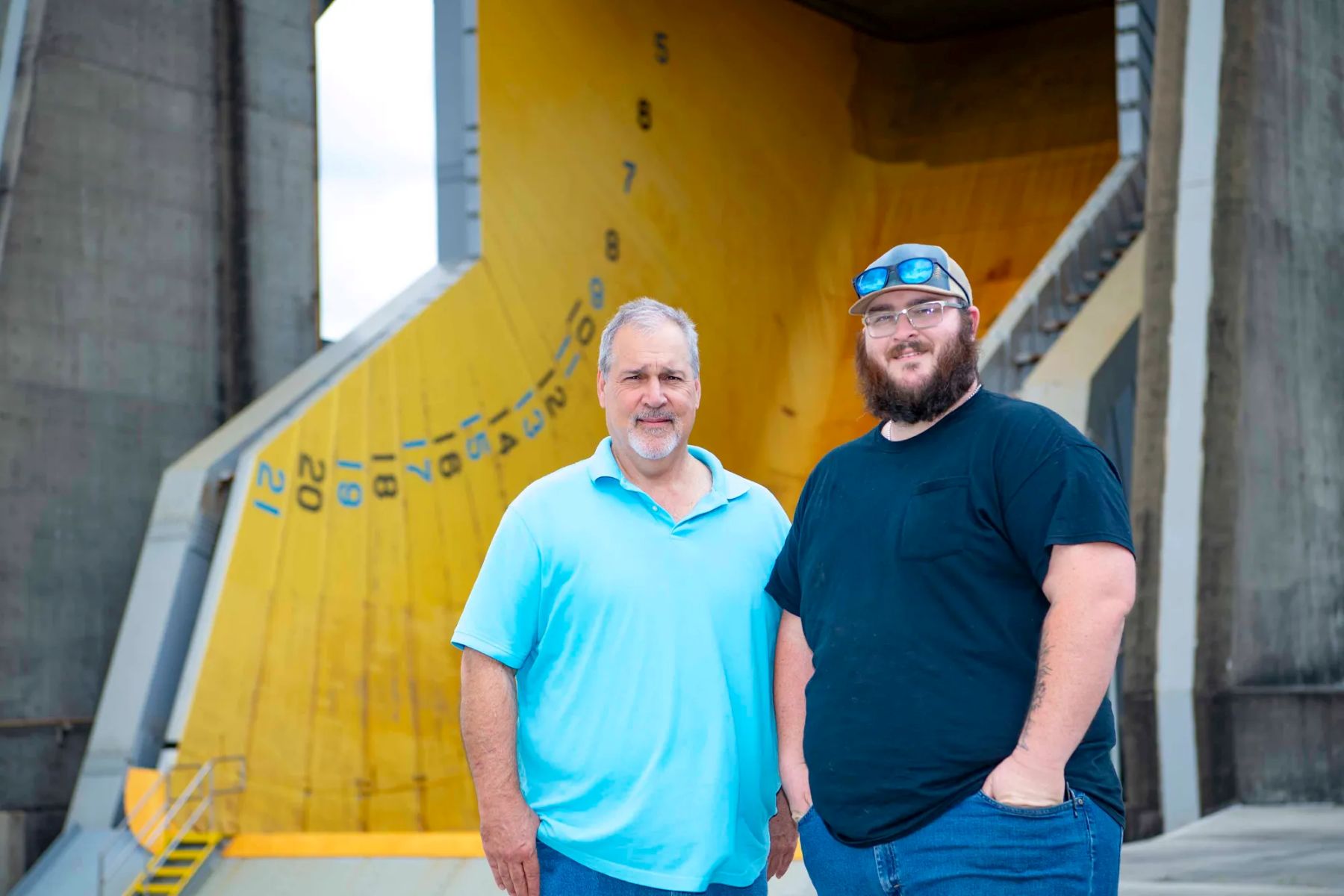NASA Announces Winners of Inaugural Human Lander Challenge

NASA’s 2024 Human Lander Challenge (HuLC) Forum brought 12 university teams from across the United States to Huntsville, Alabama, near the agency’s Marshall Space Flight Center, to showcase their innovative concepts for addressing the complex issue of managing lunar dust. The 12 finalists, selected in March 2024, presented their final presentations to a panel of NASA and industry experts from NASA’s Human Landing Systems Program at the HuLC Forum in Huntsville June 25-27.
NASA’s lunar exploration campaign Artemis is working to send the first woman, first person of color, and first international partner astronaut to the Moon and establish long-term lunar science and exploration capabilities. Dust mitigation during landing is one of the key challenges NASA and its Artemis partners will have to address in exploring the lunar South Pole region and establishing a long-term human presence on the Moon. Participants in the 2024 Human Lander Challenge developed proposed systems-level solutions that could be potentially implemented within the next 3-5 years to manage or prevent clouds of dust – called lunar plume surface interaction – that form as a spacecraft touches down on the Moon.
NASA announced the University of Michigan team, with their project titled, “ARC-LIGHT: Algorithm for Robust Characterization of Lunar Surface Imaging for Ground Hazards and Trajectory” as the selected overall winner and recipient of a $10,000 award June 27.
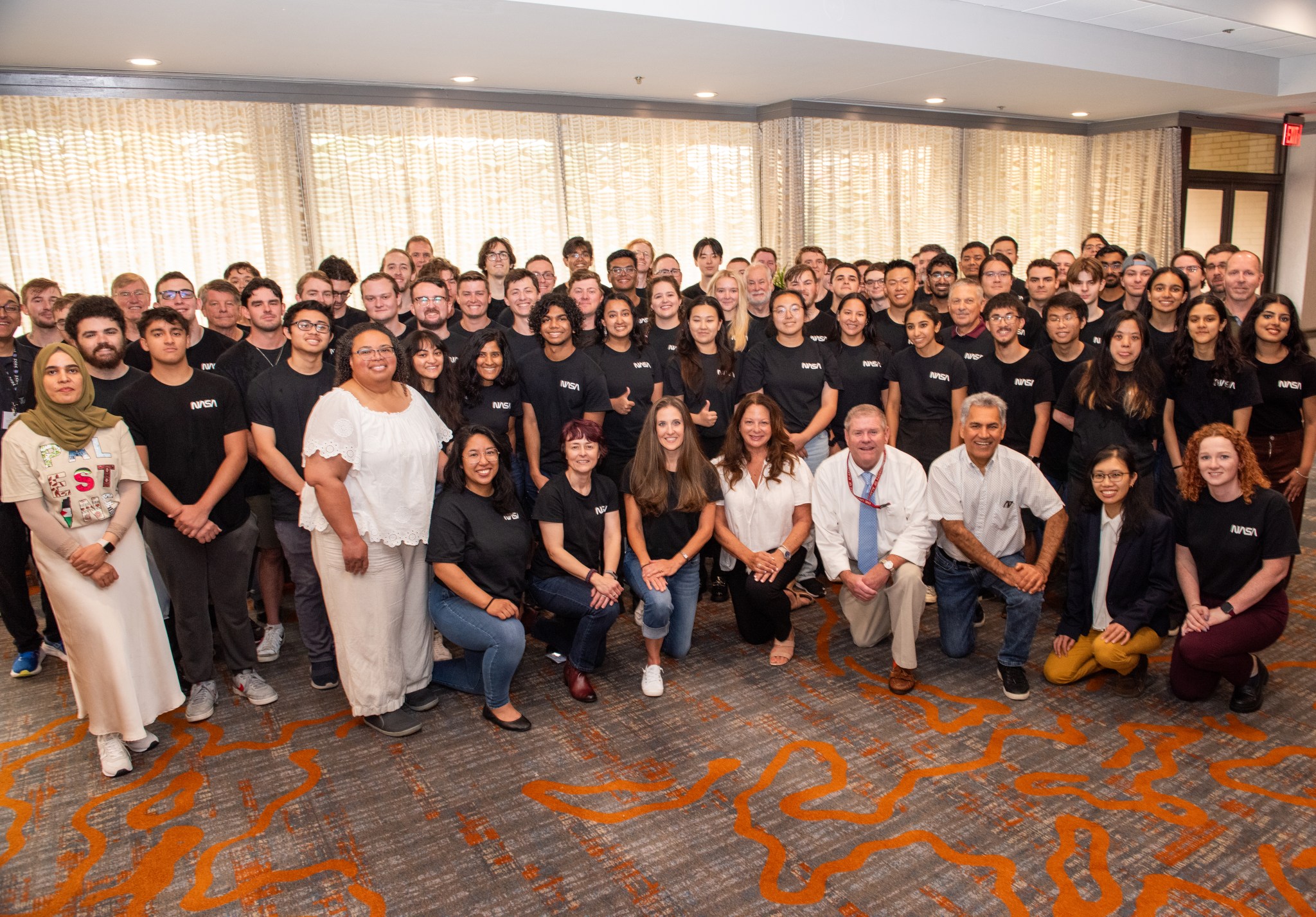
12 university teams gathered in Huntsville, Alabama, near NASA’s Marshall Space Flight Center, June 25-27 to participate in the final round of NASA’s 2024 Human Lander Challenge (HuLC) Forum.
NASA/Ken Hall
The University of Illinois, Urbana-Champaign took second place and a $5,000 award with their project, “HINDER: Holistic Integration of Navigational Dynamics for Erosion Reduction,” followed by University of Colorado Boulder for their project, “Lunar Surface Assessment Tool (LSAT): A Simulation of Lunar Dust Dynamics for Risk Analysis,” and a $3,000 award.
“Managing and reducing the threat of lunar dust is a formidable challenge to NASA and we are committed to real solutions for our long long-term presence on the Moon’s surface,” said Don Krupp, associate program manager for the HLS Program at Marshall. “A key part of NASA’s mission is to build the next generation of explorers and expand our partnerships across commercial industry and the academic community to advance HLS technologies, concepts, and approaches. The Human Lander Challenge is a great example of our unique partnership with the academic community as they help provide innovative and real solutions to the unique risks and challenges of returning to the Moon.”
Two teams received the excellence in systems engineering award:
- Texas A&M University, “Synthetic Orbital Landing Area for Crater Elimination (SOLACE)
- Embry-Riddle Aeronautical University, Prescott, “Plume Additive for Reducing Surface Ejecta and Cratering (PARSEC)
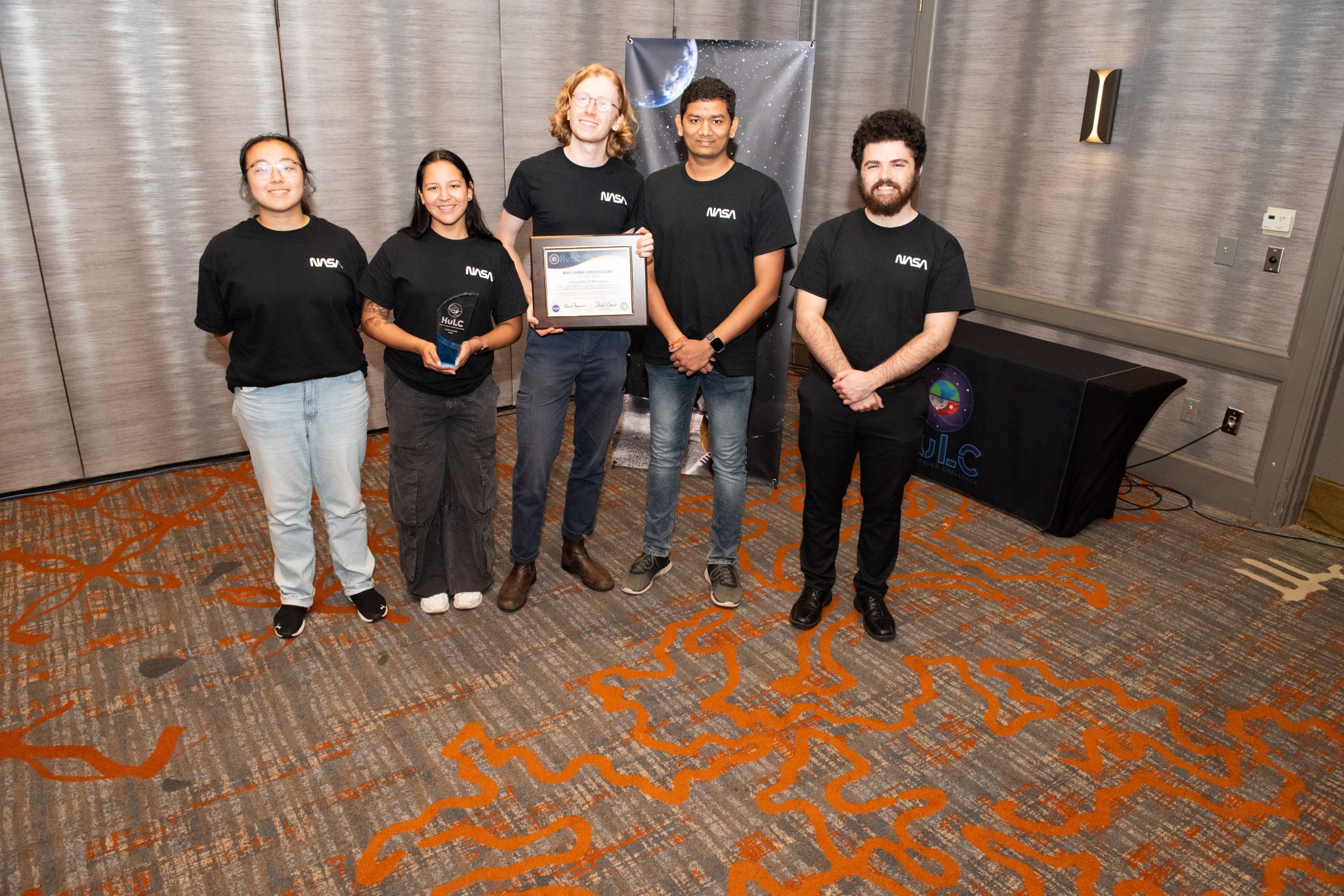
NASA selected the University of Michigan as the overall winner of NASA’s 2024 Human Lander Challenge (HuLC) Forum June 27.
NASA/Ken Hall
“The caliber of solutions presented by the finalist teams to address the challenges of lunar-plume surface interaction is truly commendable,” said Esther Lee, HuLC judging panel chair and aerospace engineer at NASA’s Langley Research Center in Hampton, Virginia. “Witnessing the development of these concepts is an exciting glimpse into the promising future of aerospace leadership. It’s inspiring to see so many brilliant minds coming together to solve the challenges of lunar landings and exploration. We may all come from different educational backgrounds, but our shared passion for space unites us.”
Student and faculty advisor participants had the opportunity to network and interact with NASA and industry subject matter experts who are actively working on NASA’s Human Landing System capabilities giving participants a unique insight to careers and operations that further the Agency’s mission of human space exploration.
NASA’s Human Lander Challenge is sponsored by Human Landing System Program and managed by the National Institute of Aerospace.
For more information about NASA Exploration Systems Development Mission Directorate, please visit:


